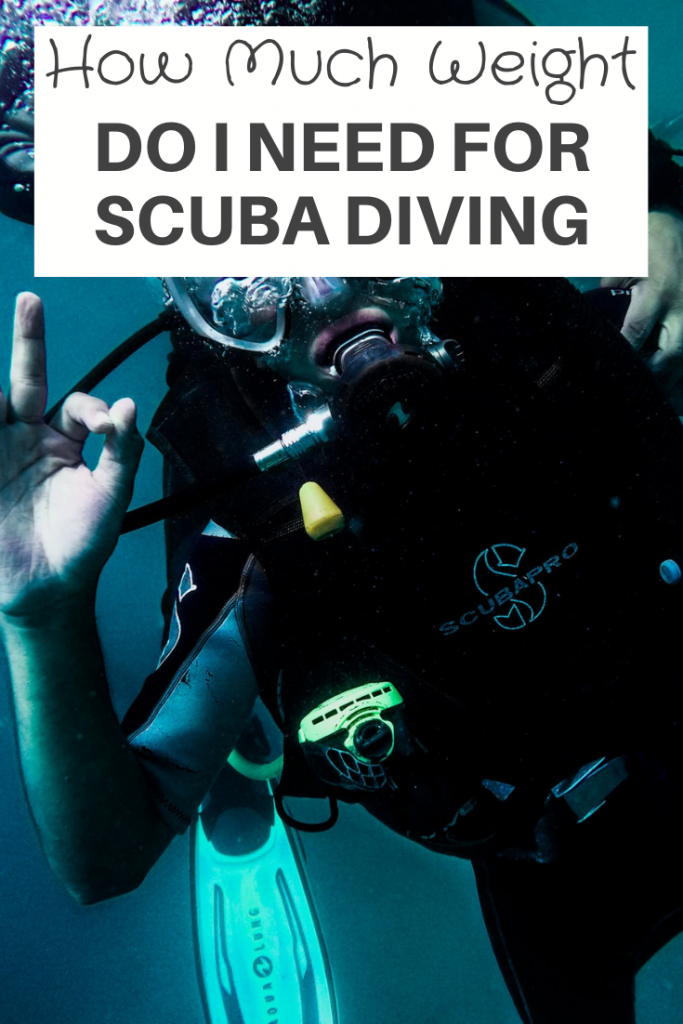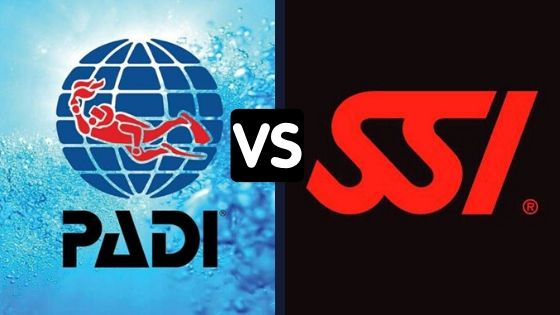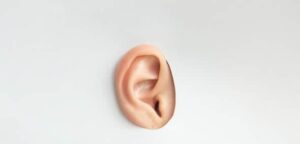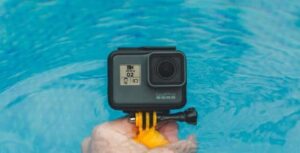
Scuba diving weights play an important role in scuba diving in terms of descending and buoyancy. Because our bodies along with all the scuba gear are naturally buoyant and as a result will float naturally. The role of the weights is it helps the scuba diver to sink when they are ready.
Getting the diving weights correct depends on a number of factors such as are you using a drysuit or wetsuit, your own weight, and are you diving in salt water or fresh water. Generally speaking as a rule of thumb you add around 10% of your body weight of extra weight.
In today’s post, we will go through in more detail how much weight do I need for scuba diving. So let’s get started!
Read more on common questions asked by divers
- Can You Scuba Dive With A Beard?
- Buoyancy In Saltwater Vs Freshwater While Scuba Diving
- What Does A Diver Down Flag Look Like?
- What Is The Most Common Injury In Scuba Diving?
- How Dangerous Is Scuba Diving?
- Can You Scuba Dive In The Dead Sea?
- What’s The Difference Between A Balanced Piston Vs Unbalanced Piston?
There Are A Number Of Factors To Consider
There is a number of factors you need to take into account when trying to work out the weight you need. As these can affect the amount of weight you may need. These factors include the following.
- The suit you are wearing is a factor. If you are using a drysuit or a wetsuit, as well as the thickness of your suit, will all affect the weight you will need.
- Saltwater or freshwater? Saltwater weighs more than freshwater so if scuba diving in freshwater you need less weight than you would in saltwater.
- The weight of your tank with the air in it is a factor. As the air in the tank is used, the tank will become lighter causing you to float.
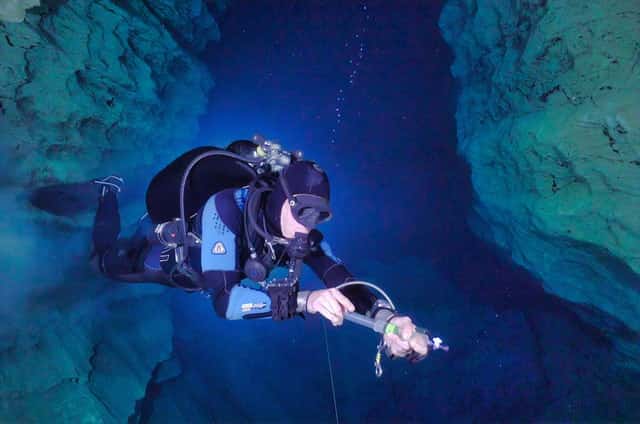
Different Types Of Diving Weights
There are two different types of scuba diving weight systems that scuba divers use. These are as follows.
- Weight Belts.
- Integrated Weights.
Weight Belts
The weight belts are the most commonly used system by scuba divers. The reasons being that it is easy to use, affordable, and they are trusted. The belt is put on outside of your wetsuit, the weight belt is fastened around your waist.
The belts come with a quick-release buckle in case of emergencies. The lead weights are either attached or laced to the belt.
The main types of weight belts are as follows.
- Lead Block Belts.
- Brace Systems.
- Lead Shot Belts.
Integrated Weights
An integrated weight system is where the weights are built into your BCD. The advantage of this approach is that you do not need to worry about using the belt around your waist.
The weights can be separated on each side to allow you to spread the weight equally and more important if in case of an emergency to dump quickly.
The main types of weight belts are as follows.
- V-Weights.
- Tail Weights.
How Much Weight Do You Need?
If you are diving in freshwater, most scuba divers need to add around 6 to 8 percent of their body weight as extra weight. While in saltwater you need to add around 8 to 10 percent of their body weight as extra weight.
This percent is a good starting point to further calculate your weight amount.
How Much Weight Do I Need For Scuba Diving?
There’s the basic rule of thumb that you should carry 10 percent of your body weight in weight. You need to strike a balance that you have load enough weight to sink and to be able to float.
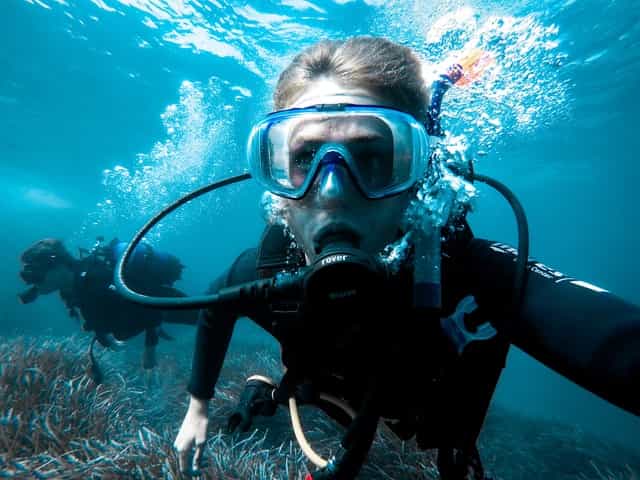
How To Conduct A Weight Check?
There are a number of pre-diving checks that can help to get your scuba weights needed right. Scuba diving with your added weight been underweight can be just as dangerous as being overweighting.
Here is a simple that can help your get your try to get your scuba diving weight right.
- You need to understand your diving gear and your diving environment.
- Gear up and enter the pool where it is deep enough where you can not stand.
- When in the water fully deflate your BCD.
- If the weight you added is correct you should float at around eye level.
- On the other hand, if you are already sinking you are overweighted.
- If you can not sink then you’re underweighted.
- Add or subtract weight until you can float at the surface at eye level.
Wrapping Up
Finally, if you are diving in freshwater you need to add around 6 to 8 percent of your body weight. While in saltwater it is closer to 8 to 10 percent. Getting the diving weights correct is important but it depends on a number of factors such as using a drysuit or wetsuit, environment, and more.
And that’s it for now! I’d love to know if this guide on how much weight do I need for scuba diving has helped you. Let me know if you have any questions and let me know if there is more to add.
Did you enjoy this post? Then don’t forget to pin it!
